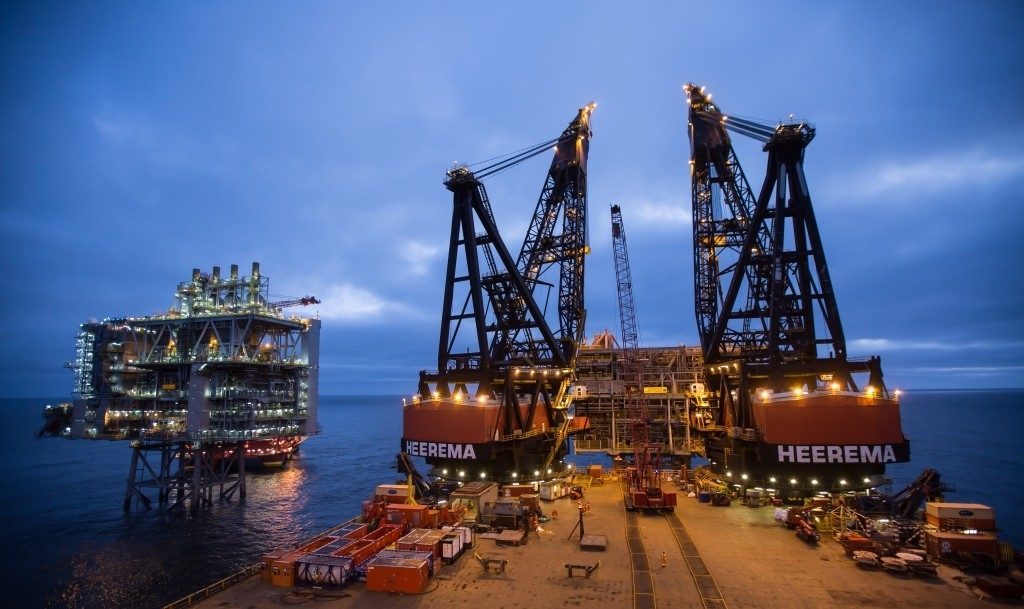
Over the past couple of days, I’ve discussed the progress we’ve made in improving the competitiveness of the North Sea, as well as the need to continue to evolve ownership across the basin, ensuring the right assets are in the right hands.
All of this, of course, is in service of realising the future potential of the North Sea and maximising economic recovery (MER UK).
Importantly, thanks to the work the industry has done to reduce costs, improve efficiency and increase production, I believe the North Sea is now on a path to be viable and sustainable at $50 prices.
The basin remains attractive in terms of remaining resource potential. The barrels and reservoirs are there in the ground. A range of 10 to 20 billion barrels of remaining potential is still significant in global terms.
There are more than 300 producing fields, the currently expected average ultimate recovery factors for which, still sit significantly below 50%.
This presents an opportunity – we need to make technology work for us to improve recovery and extend field life.
But alongside that, we need to continue to modernise and transform the way we work to fundamentally improve the basin economics – adopting a manufacturing ethos, striving for ever-greater efficiency and working together to create value and reduce cost.
According to the OGA, there are also more than 300 undeveloped discoveries on the UKCS.
It is interesting to recall that following its discovery in 1977, the Clair field remained an undeveloped discovery for 25 years before advancements in reservoir imaging, drilling technology and engineering enabled the first phase of development.
We need to find ways to ensure those other undeveloped discoveries don’t remain stranded.
The North Sea often gets homogenously labelled as a mature basin, but we should remind ourselves that some parts of the basin are not particularly mature when it comes to exploration drilling.
There are still only a handful of producing fields west of Shetland for example and only a fraction of the number of wells that have been drilled to the east.
In relatively under-explored areas like the Rockall Basin, Mid North Sea High, East Shetland Platform and South West Britain, the recently acquired OGA-funded seismic datasets should enable a far more detailed assessment of exploration potential than has been possible before.
And lest we forget, even in the more mature parts of the basin, advancements in our understanding of the geology and the hydrocarbon system, can result in significant discoveries – for example the Johan Sverdrup discovery in Norway.
OGUK’s Economic Report showed that investment in the basin has reduced significantly in the past two years (albeit still relatively high at £9bn capex expected in 2016).
Unless we can secure funding for the next wave of potential projects, capital investment will continue to fall. Securing that funding will not be easy. There is (and will continue to be) strong competition for investment from other regions and overall corporate capital budgets have been reduced substantially.
Increasing UK production is good news however and a remarkable achievement after 15 years of basin decline.
We should celebrate that success. But avoiding a return to significant production decline post-2020 will be entirely dependent on the levels of new investment we can attract to the basin over the next 2-3 years.
Mark Thomas is BP’s North Sea president and this week’s Energy Voice Guest Editor.
Recommended for you

